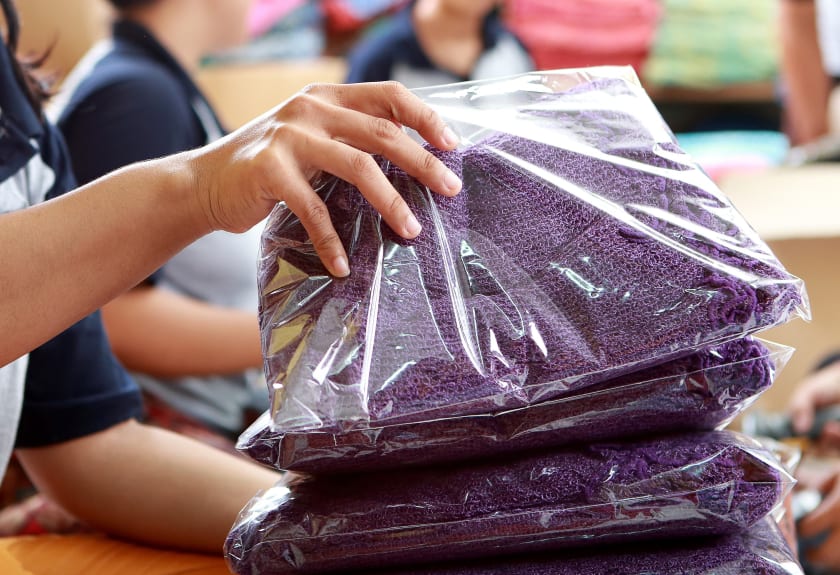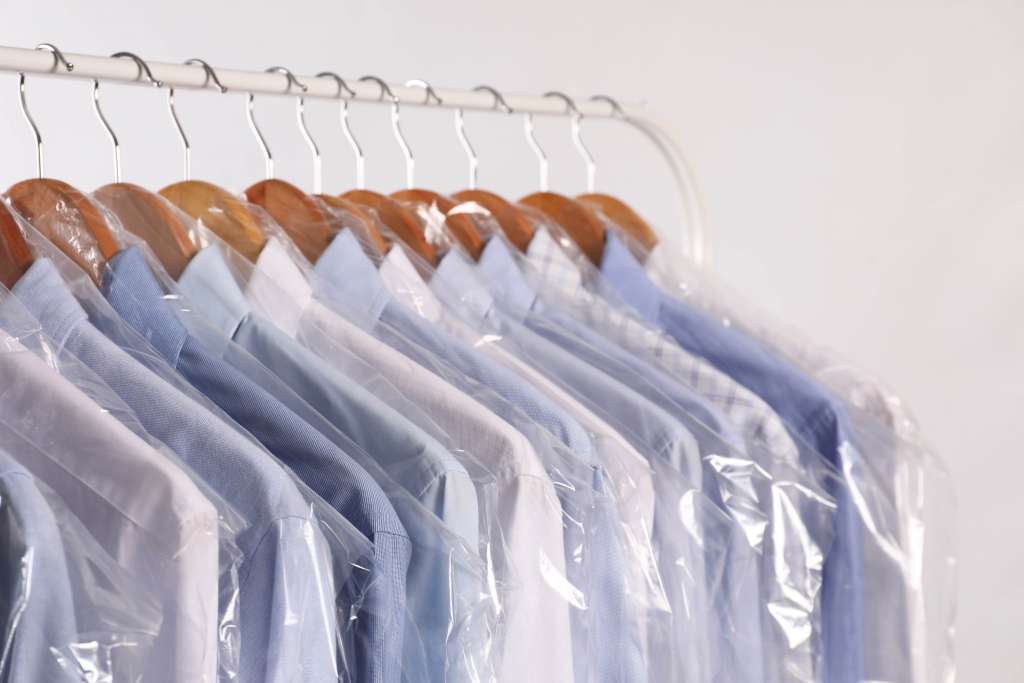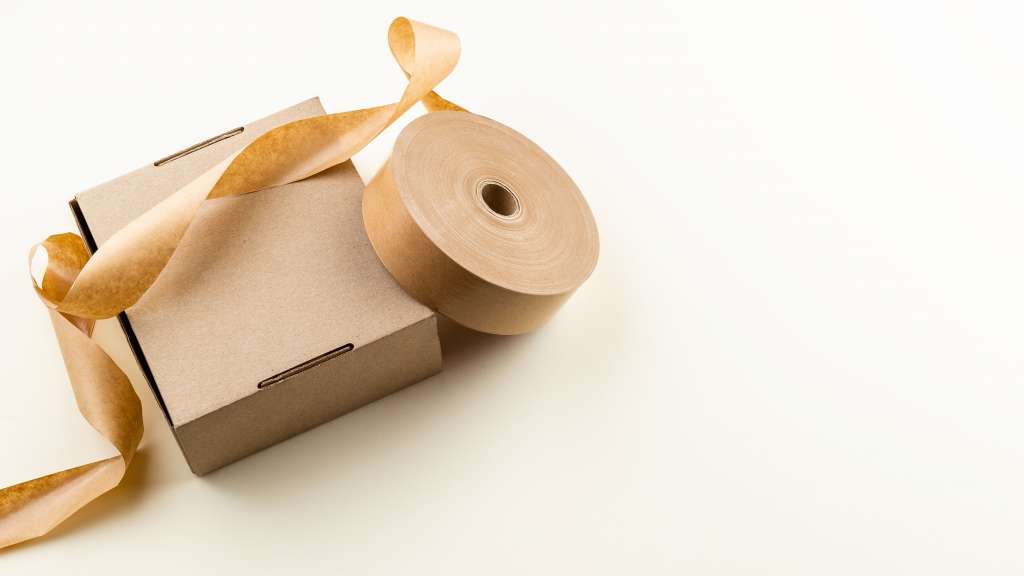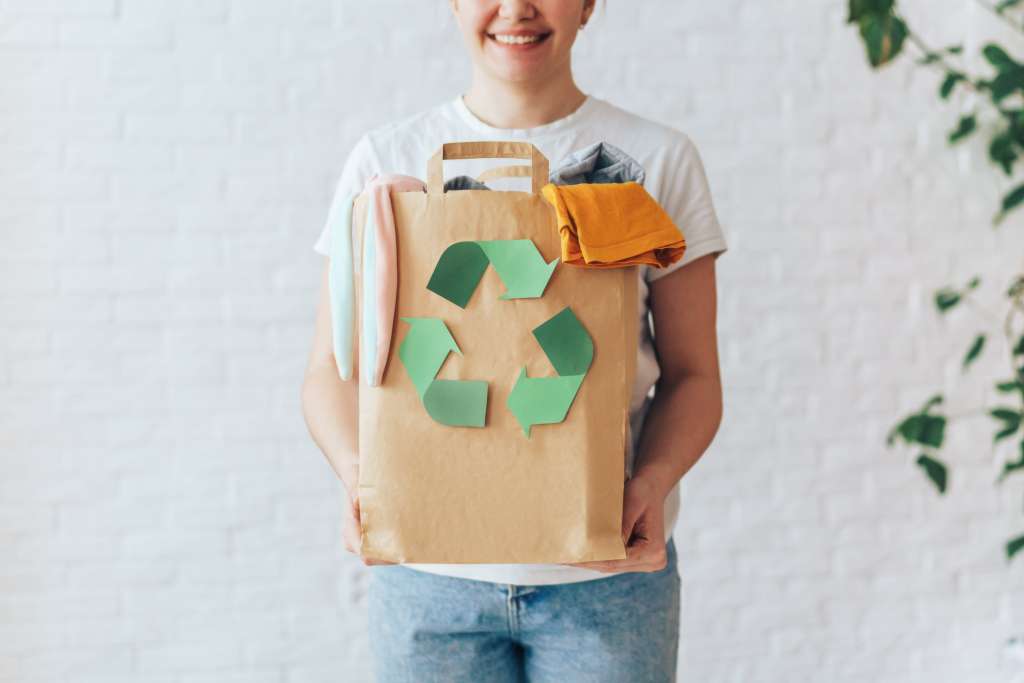Unwrapping Plastic Fashion Packaging



Summary: Plastic aka polyethene has been the fashion industry’s go-to packaging solution for decades. With regulators enforcing stricter laws for carbon-neutral manufacturing, clothing brands are investing in green packaging alternatives. But until such eco-friendly packaging materials are mass-produced and made affordable, plastic is not going anytime soon, despite its ill effects.
Plastic, a fossil fuel byproduct, is the kryptonite for our environment. Almost 99% of plastics come from fossil fuels as a polymer, which is then used for various purposes. Plastic, however, is not biodegradable. It breaks down into microplastics and takes hundreds of years to disintegrate. As a result, it is choking marine life by altering the oceanic habitats, releasing methane gas into the atmosphere when dumped at landfills, and damaging the habitats on land when left unattended. All of these effects are creating a massive carbon footprint that is changing the climate and making the environment unstable and unsustainable.
And, yet, its use continues unabated. Why? Plastic cannot be discarded in one go without the availability of sustainable eco-friendly packaging alternatives that are also affordable. Let’s factor in the reason why the fashion industry is still reluctant to make the switch from plastic to zero-waste packaging.
Plastic Is Important to the Garment Industry. Here’s Why

The plastic debate by eco-warriors and regulators calling for action on sustainable living is based on solid and proven grounds. No doubt about it. But from the fashion label’s point of view, discarding plastic altogether without a variable, eco-friendly packaging solution will leave an impact which is far worse and negative on the environment and our climate.
Consider this: Manufacturing a single shirt consumes 700 gallons of water. Water wastage is to the tune of 2,000 gallons for producing a single pair of jeans. Along with the release of dyes and microfibers into water streams and the carbon footprint of fossil-fuel manufacturing and shipments, every garment comes with a massive eco-cost. Now, if a shipment of shirts were to be damaged in rain in the absence of plastic packaging, imagine how vast the ecological impact would be on the whole process that has been laid to waste. And, that is not all. The economic toll on the lives of the laborers and suppliers involved in the process is incalculable. Again, these wasted shipments would find their way into the landfill, which is home to carbon effluents and pollutants. As a result, the environmental damage due to damaged clothes far outweighs the one posed by plastic packets.
A Patagonia study of alternative packaging materials at manufacturing units showed that 30% of the garments were so damaged that they were not sellable anymore. So, the only practical way to deal with plastic is to phase it out and replace it with eco-friendly packaging alternatives.
Plastic and Brand Image Are Inversely Proportional
With every generation becoming more conscious of the harmful effects of plastic, brand-conscious fashion labels are switching to zero-waste and eco-friendly packaging for their products. Today’s hyper-connected customers demand eco-friendly packaging for products they invest in. In fact, 80% of respondents in a survey on product packaging in Europe admitted they are okay with paying more for greener alternatives. A Global Buying Green Report by Trivium Packaging on customers in Europe, South America, and the US, revealed that only 5% of those surveyed found plastic "premium."
Why Is Recycling Plastics Not Enough?
Recycling plastic packaging is a practical way to reduce dependence on this evil polymer. But plastic does not degrade. Even when it does, it disintegrates into microplastics!
Going forward, the only way to remove plastic from the production line-up of a fashion brand is to opt for sustainable eco-friendly packaging. Eco-friendly packaging made from biodegradable and plant-based raw materials is the way to go. Sustainable packaging is facilitated by biodegradable and reusable packaging materials. Breakthrough innovations include:
- Compostable packaging naturally breaks down in 12-16 weeks
- Reusable organic packaging such as cotton, wool, and silk.
- Mushroom, corn, and hemp packaging is 100% carbon and climate neutral.
- Corrugated cardboard packaging is biodegradable, reusable, and recyclable.
- Bioplastic packaging made from bamboo and sugarcane is biodegradable
The Practical Approach to Reducing Plastic Use
The smart way to moderate plastic use till better eco-friendly packaging alternatives are available is to make practical choices that cut down on the use of plastics.
Zero-waste approach

The zero-waste approach means bringing down the use of plastics in packaging to zero. This includes sealing, taping, and cushioning material such as bubble wrap. Several companies such as Zara and Calvin Klein are targeting zero-waste packaging by 2025.
Reduce packaging size
Reducing the packaging size is one way of moderating the use of plastic. Packaging in small compact containers and fewer layers helps reduce plastic use. Puma’s ‘clever little bag’ concept is saving them 60% of energy and water requirements in manufacturing and shipping.
Returnable packaging

Fashion labels are giving the option of returning the packaging material for recycling and reuse. While this is a great idea to limit the use of plastic, the cost of reverse logistics has to be taken into account and its implementation has to be spot on.
A Small Step Toward a Big Change
While the use of plastic in fashion packaging is something that needs to be phased out eventually for the sake of the environment, it cannot be done overnight. However, it is important to start somewhere, and several fashion brands have already made the switch to alternative packaging materials.
If you are looking to partner with eco-friendly packaging manufacturers and suppliers, Fashinza can help you source green and carbon-neutral alternatives.
Drop a mail at Fashinza for expert guidance on carbon-neutral and climate-sensitive manufacturing.
Key Takeaways
- The use of plastic in fashion packaging cannot be discontinued in one go. Eco-friendly packaging alternatives have to be made more readily available and affordable
- Fashion brands can look at practical solutions such as zero-waste packaging. They can also reduce packaging size to cut down on energy and water consumption.



















